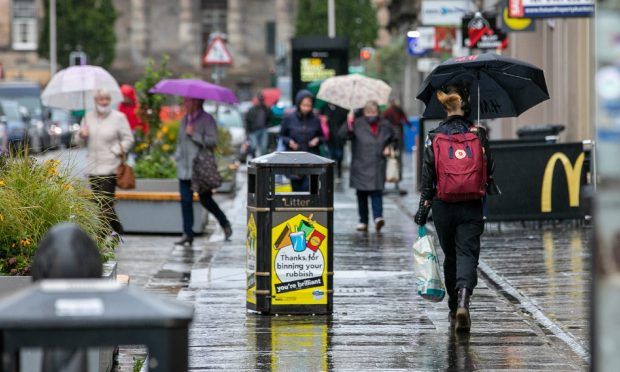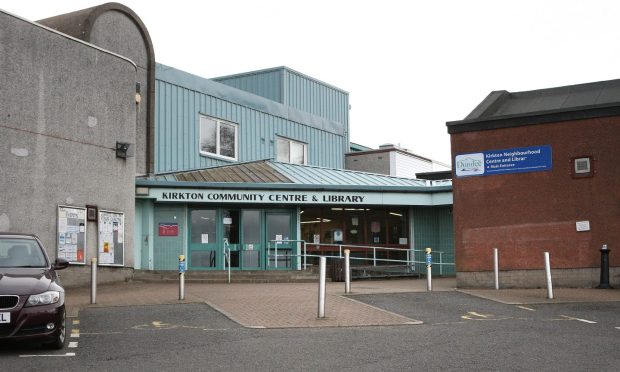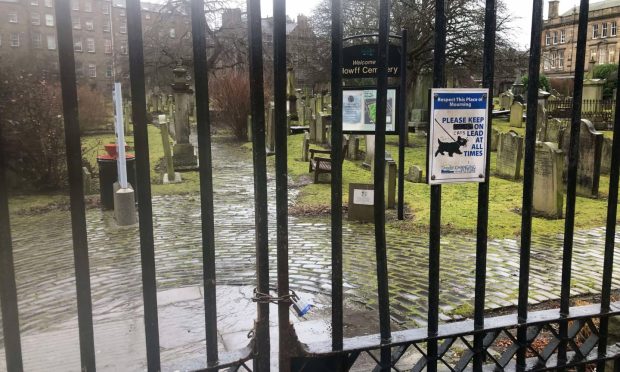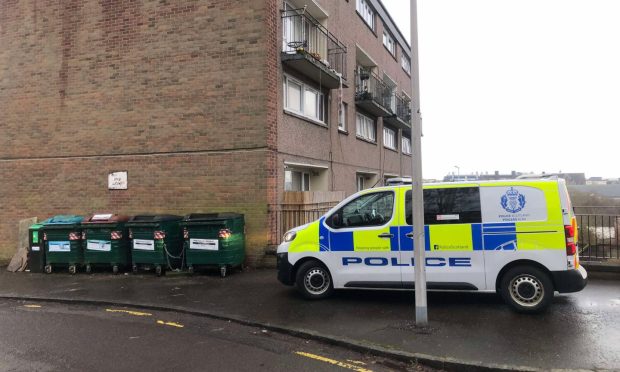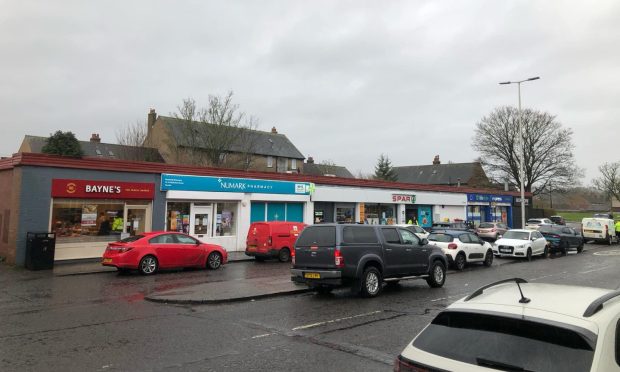Dundee City Council is set to spend £70,000 a year implementing a Raac inspection scheme as the decay-prone concrete is found in hundreds of council homes.
An inspection carried out last year by city engineers found that Raac is present in 81 blocks of flats and 293 cottages across Dundee.
Of these, 79 blocks of flats are council tenanted or mixed tenure, and 172 cottages are council tenanted. A further two blocks of flats and 121 of the cottages are privately owned.
And with industry guidance stipulating Raac effected properties should be inspected periodically, Dundee City Council (DCC) is rolling out an inspection regime to the tune of £70k a year.
Where has Raac been found?
A report which will go before councillors next week details that Raac has been found in five housing developments. These are:
- Craigie Drive – Flats: Craigiebarn Road, Brington Place, Southampton Place, Belsize Road, Craigie Drive, Margaret Crescent.
- Craigiebank Circle – Flats: Carlochie Place, Greendykes Road
- Kirk Street – Flats: Atholl Street, Yeaman’s Lane, Kirk Street
- Menzieshill – Flats: Cart Place, Cottages: Cart Place, Charleston Drive, Dickson Avenue, Orrin Place
- Whitfield – Flats: Murrayfield Terrace, Cottages: Whitfield Gardens, Whitfield Avenue, Murrayfield Gardens, Whitfield Rise, Whitfield Terrace
And although council chiefs have determined the vast majority of these properties do not face an immediate safety risk, four properties require roofing repairs.
Two of these will be partially replaced while the other two are being assessed to determine what repairs need to be carried out.
Who is paying for the repairs?
The full cost of addressing the Raac found in council homes across Dundee is not yet known.
However, in fully tenanted properties any costs will be borne by the housing revenue account. In mixed tenure blocks, DCC will recharge owners for their share of the costs.
Those who bought and own their home through the ‘right to buy’ scheme will have to pay for any necessary repairs themselves.
Speaking on the issue, councillor Mark Flynn said: “When it became clear that there was an issue with this type of building material elsewhere in the country, the council acted quickly to scope out the extent of its use here.
“Having carried out that detailed exercise we now have a plan in place to deal with what has been found on a priority basis.”





